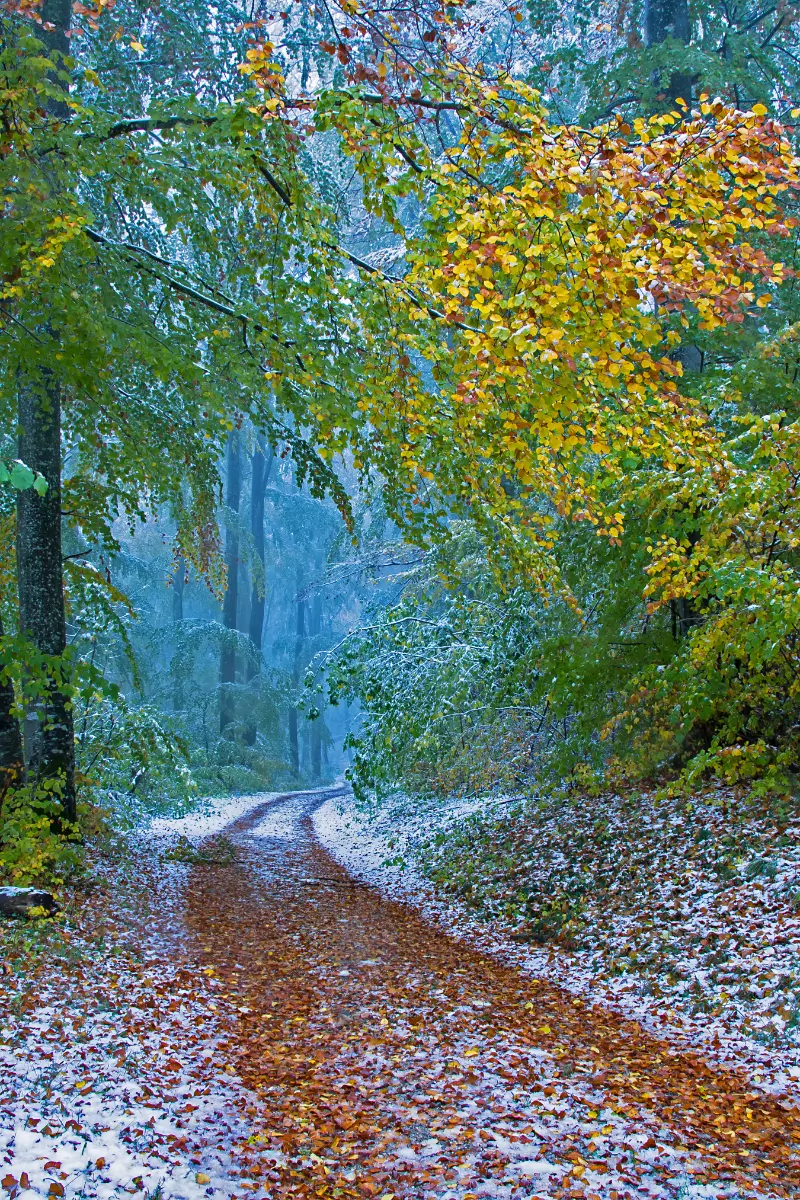Preventing Slips And Falls In Icy Conditions
Do you want to find out more about preventing slips and falls in icy conditions? This article looks at what you can do to keep visitors safe on your property.
Slip and trip injuries increase tenfold during the autumn and winter months for a variety of reasons. One reason is that there is less daylight, making it significantly more challenging to see your surroundings. Another reason is that leaves can fall onto paths and become wet and slippery.
Cold weather intervals also cause accidents due to all of the ice and snow that develops on roads and paths, especially black ice. There are practical and effective precautions that you can take to reduce the risk of a slip or trip injury. Regardless of the size of your land, always ensure that regularly used walkways are promptly cleared.
Lighting
Health and safety regulations state that a safe work environment should legally have enough adequate lighting around the setting for all employees, workers, residents and visitors to be able to easily see and successfully avoid any hazards that could be on the ground.
It is essential for employers to provide substantial lighting both inside and outside of the workplace, as the effect of natural light changes during the day can cause poor sight.
If you cannot see hazards on the ground at any point during the day, the lighting will need to be improved, repaired or replaced. You can also help your employees by guiding them through the main internal and external routes they will need to use throughout their working day.

Wet and decaying leaves
In the autumn and winter seasons, leaves fall from the trees and onto the ground. They can become wet, started to decay, and congregate into slippery sludge piles that create serious slip risks. By covering the entire path and road, they also cover any other potential slip risks or trip hazards.
Procedures should be put in place for removing leaves at regular intervals, and you might even want to consider completely eradicating the offending bushes or trees from your property.
Rainwater
When installing external paved areas onto your property, make sure that the materials used are slip-resistant. To prevent dangerous falls, discourage people from taking shortcuts over grass or dirt in cold weather, as they are likely to become extremely slippery when wet.
A considerable amount of injuries occur at the entrance of a building where people end up walking in rainwater and slipping. Having canopies fitted over your building entrances or having a large absorbent, slip-resistant mats installed can help prevent excess rainwater from troubling your building entrance and risking the safety of guests.
Ice, frost and snow
Adequately assessing the risks and implementing a system to manage them will significantly reduce the dangers of ice, frost or snow slips. Identifying outdoor areas of the property that pedestrians frequently use and are most likely to be affected by ice, such as building entrances, car parks, walkways, shortcuts and slopes and ensuring these areas are made as safe as possible is essential.
In the case of cold weather outcomes, prevention is critical, so be sure to monitor the temperature in order to take necessary precautions around your property and land whenever freezing temperatures are forecast. Having walkways, car parks, and paths cleared and gritted is essential for safety.
You may also want to consider using an insulating material on smaller areas overnight when frosty, icy conditions are present. When paths are compromised, ensure you do your best to divert pedestrians onto a safer alternative route. You can do this by using protective barriers, informative signs, hazard cones etc.
Tips for avoiding slips and falls
Slips, trips and falls due to cold, icy conditions are a frequent problem. However, there are a number of things that you can do to reduce the risk of harming yourself significantly. Suppose you must go out in icy conditions. In that case, you should carefully consider the best route to your destination and give yourself a little extra time for the journey there.
Ensure you avoid rushing and evade taking shortcuts across terrain that could be affected by snow and ice and, therefore, slippy. Always watch out for possible dangers on the road ahead, and, if possible, try to wear suitable footwear like flats with rubber soles to provide better traction on ice and snow, walk slowly, carry a phone with you and use handrails wherever possible.

To avoid a potential slipping disaster, it is best to avoid carrying multiple shopping bags or anything heavy, especially on steps and keep both hands free for balance. Take care when getting in and out of vehicles, hold onto the vehicle for support and always wipe your feet on available mats when leaving or arriving at a building.
Importance of Gritting During Winter
The most prevalent method used to clear up and de-ice ground surfaces are gritting. Gritting his practical and convenient as it is relatively inexpensive, quick to apply and easy to spread.
Rock salt is the substance most regularly used as grit and is used most often by the local council on public roads and walkways. Salt is effective because it can prevent ice from forming and prompt existing ice or snow to melt away. It is essential to ensure that gritting is carried out when frost, snow or ice is forecast, paths, roads, and walkways are likely to be damp or slippery, and when the floor temperatures are at or below freezing.
The most convenient times to lay down gritting are early in the evening before the frost settles or early in the morning before any employees arrive. However, salt gritting will not produce results instantly, as it needs sufficient time to dissolve into the moisture on the floor.
We offer rock salt spreading throughout Aberdeen, Peterhead, Dundee and Aberdeenshire. Follow the link below to find out more about the areas that we offer road gritting in north Scotland.

